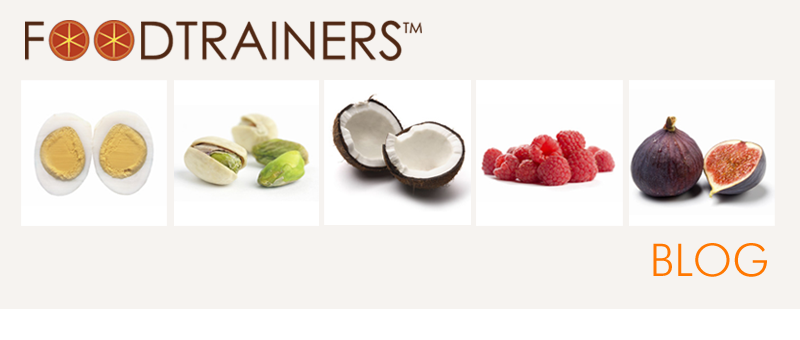 |
| Love that she has this snack crazed look on her face |
In the comments section of our Hail Merry Snack post last week,
I was asked:
Do you have any
tips for people who overeat between work and supper? Because I have
a...ummmm...friend who does this sometimes. And I...I mean...my friend...is
having a hard time figuring out what kind of afternoon snack will hold her over
so that she doesn't eat the caloric equivalent of an extra meal or two between
4:00 and 5:30
This question is
just a taste of one of my favorite blogs Clay Baboons. Many of us
have “a friend” just like this.
My clients and
I’m sure most of you can tell me what you generally have for breakfast, perhaps
lunch is organized too and then mid afternoon hits and all bets are off. Sign a presnack-tual
agreement. Each week, pick two items you’ll have mid afternoon, write them down and stick to
those. For example, maybe one week your two choices are veggies and guacamole
or kale chips. The next week you can rotate to yogurt or a bar. Too many choices can lead to too much eating.
Let’s say you have
your bar and you want something else. Midafternoon for many of us can feel like
the Depeche Mode song "Just Can’t Get Enough". You know “When I’m with you baby I
go out of my head, I just can’t get enough, I just can’t get enough."
If this isn’t
ringing a bell here’s a little 80's refresher. Perhaps you've always assumed this was a song about a person. I say it could just as easily be about peanut butter.
If you’re used to
serial snacking, it’s very likely that one snack will feel like the first
course of a tasting menu. "What’s next?" that tired part of your brain will say.
If you really want to reform your snacking habits veggies are next. Your snack is now a 1-act play and if
you want an encore it’s cut up peppers, celery, jicama, grape tomatoes or
radishes. We often do what we're used to doing. By making the choices concrete and then defining the sequence of options you can see real change. Veggies aren't exciting? Feeling in control is.
It’s also hard to
satiate yourself once you wait too long. If lunch is at noon. Try having your
snack at 3:00 or 3:30. If you wait until 5pm, it’s almost dinnertime. And
speaking of dinner, the early bird is
special. If you find yourself eating “the caloric equivalent of a meal” as
Stephanie’s “friend” does, maybe you should have a meal. I can hear
jeering from the peanut gallery (or the eat-too-many peanuts gallery). “My
husband isn’t home yet” or “I’m still at work”. Your husband really wants you
to sit with him and you’re not going to enjoy the meal if you’ve had 500
calories an hour earlier. And if you’re
still at work, if you have time to eat snacks, you have time to eat a meal. I’m
happiest when I can eat dinner by 6pm. Give it a try. If you can’t have dinner at 5 or 6 maybe have part of
dinner, a salad or soup.
Sometimes it’s not really food we need. In the fall, I posted “The Cure For Afternoon Munchies”. The cure the title alludes to is a nap from I
now see an afternoon
nap as a treat and on the days I have early clients will lie down for 15-20
minutes before I start to write or return emails in the afternoon. I also put
my head down on my desk for a few minutes when I’m at work to disconnect and
unwind.
So
Stephanie, let me know if your friend finds these tips helpful. I’m sure
you’re a rock star at 4pm but maybe a pre-snacktual agreement, earlier dinner
or nap would help you too. When it comes to food, we’re all pretty similar.
What time of day are you
most likely to overeat? Can you see yourself trying any of the strategies
mentioned above? Do you know the Depeche Mode song?
And,
speaking of 4pm, congratulations to Gina, The Candid RD (and another great
blog) you’re the winner of the Hail Merry giveaway. Please email us your
mailing info info@foodtrainers.net.























